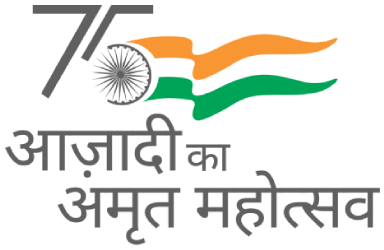Ankit Bhatt, Ajay Pradhan
Cetus Consulting Solution Services Pvt Ltd
New Delhi, India, Corresponding author Email: ajay.pradhan@c2s2.in
ABSTRACT
Streamflow and rainfall estimates have utmost importance to compute detailed water availability and hydrology formany sectors such as agriculture, water management, and food security. There are various models developed overthe years for runoff estimation but among them only a few models incorporate climate change factors. Snowmeltand rainfall are the main sources of surface as well as groundwater resource and the main inputs in runoff models forestimation of streamflow. There are numerous factors which leads to climate change which intern affects thedistribution on rainfall on spatial and temporal scales and the rate of melting of snows in the Himalayan region.Uncertainties in projected changes in the hydrological systems arise from internal variability in the climatic system,uncertainty about future greenhouse gas and aerosol emissions, the translations of these emissions into climatechange by global climate models, and hydrological model uncertainty. Projections become less consistent betweenmodels as the spatial scale decreases. The uncertainty of climate model projections for freshwater assessments isoften taken into account by using multi-model ensembles. The multi-model ensemble approach is, however, not aguarantee of reducing uncertainty in mathematical models.
In recent years the floods have occurred due to high intensity rainfall occurred in a very short time, but in severalcases the flooding has also occurred because the rainfall has fallen at times when all the storage systems have notbeen emptied after the previous rainfall. This is what we call coupled rainfall. There is currently no recommendationfor how to take coupled rainfall account when applying the climate change scenario. It is estimated that suchchanges represent at a large scale, and cannot be applied to shorter temporal and smaller spatial scales. In areaswhere rainfall and runoff are very low (e.g., desert areas), small changes in runoff can lead to large percentagechanges. In some regions, the sign of projected changes in runoff differs from recently observed trends. Moreover, insome areas with projected increases in runoff, different seasonal effects are expected, such as increased wet seasonrunoff and decreased dry season runoff. Studies using results from fewer climate models can be considerablydifferent from the other models.
Key words – Climate change impacts, Streamflow estimation, Coupled rainfall

